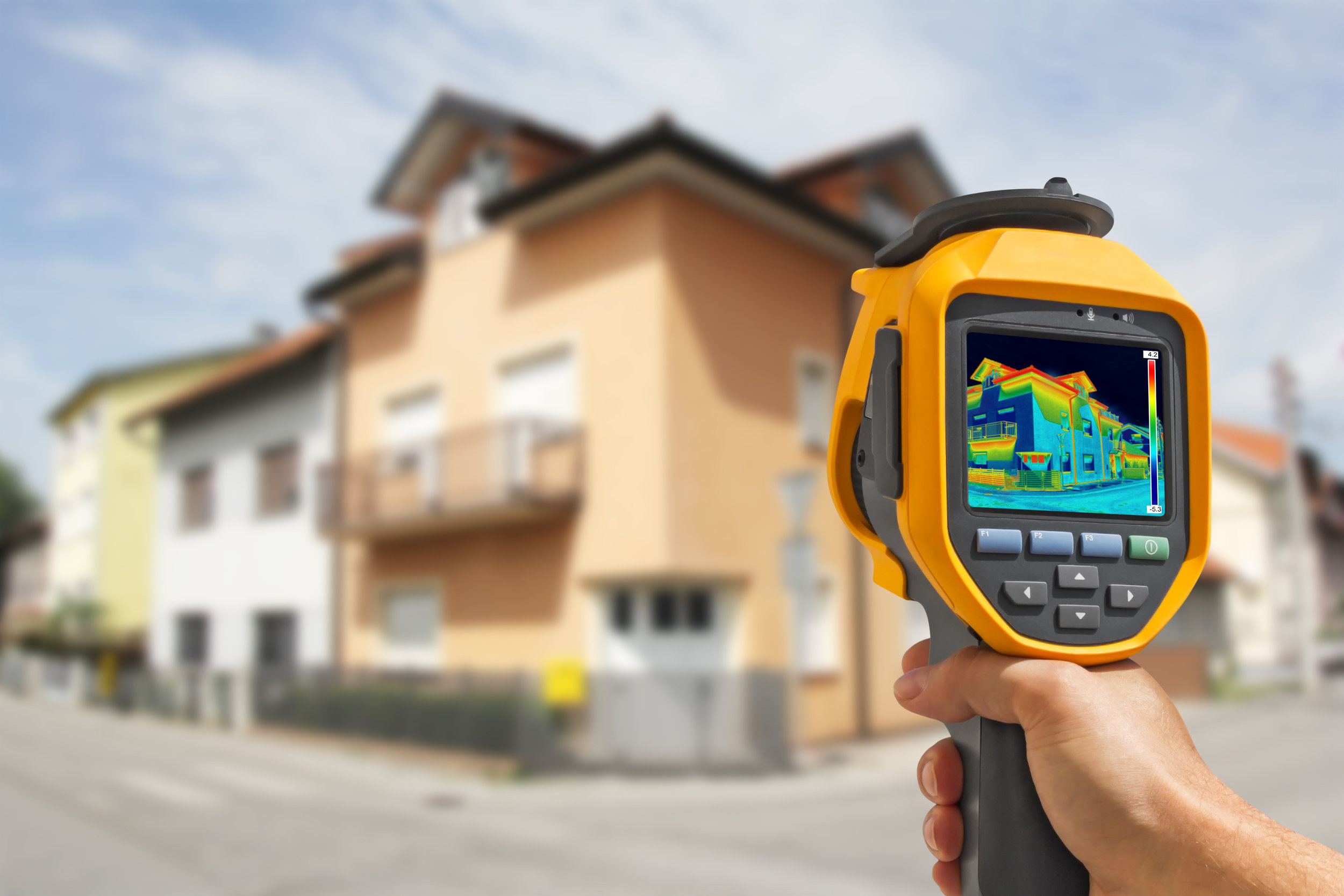The word radon might not be familiar to you, but the chances are that if it is in your house, the odds of dying from lung cancer increase significantly. The reason why this happens can be linked back to one thing: Radon gas exposure. If nobody knew what was causing their death or how they were exposed, then there would likely never have been any push for people to take action on preventing something like this because few could link exposures with illnesses and deaths later down the line; however, now we know exactly where our risks come from so more efforts should go into taking precautions against them before an issue arises instead of after someone dies!
The process for how to conduct an inspection varies by state but typically includes using duct tape or charcoal briquettes as test sources in different locations throughout your property. The level at which you begin testing will vary based on what type of building material has been used: if indoor stone walls are present and there's no basement, start with one room; enter through doors rather than windows whenever possible — this way, you aren't trying to look for cracks where air might escape more readily.
Why Schedule Radon Testing?
Radon is a natural gas that can be harmful to your health. There are no symptoms of radon poisoning, so you may not know it's affecting you until it has become severe. During the fall and winter months, when windows tend to stay closed more often than they do in warmer seasons, radon concentrations build up indoors because there isn't as much air circulation through homes or buildings with doors shut during cold weather compared to warm temperatures where fans circulate indoor air outside. When testing for high levels of this hazardous substance at home yourself using test kits available online or purchasing them from hardware stores - make sure these are accurate by buying only products tested by an independent laboratory certified under EPA Standards (Environmental Protection Agency).
Radon is a naturally occurring radioactive gas that can lead to lung cancer if breathed in for an extended period. The homeowner should perform radiation testing every two years on average since radon concentrations vary over time and from home to home. Still, it's essential not only because high levels put you at risk for some severe health problems but also because there are cost-effective ways to mitigate your exposure with simple ventilation systems or sealing cracks around doors and windows.
Radon gas is colorless and odorless, but that does not mean it cannot be harmful to you. Radon testing lets homeowners know if they live in a home with unsafe radon levels, so proper steps can be taken to reduce the risks for everyone's health. It could save your life! The presence of this colorless, odorless natural element has been linked directly with developing deadly cancers such as bronchus carcinoma when inhaled frequently throughout one's lifetime without knowing about its existence beforehand.
If you have a basement, it's essential to schedule radon testing. Radon is a colorless and odorless gas that seeps into homes from the soil beneath them. It causes cancer in many people who breathe high levels of it over long periods – see here for more details on its effects. To keep your family safe, set up an appointment with one of our environmental professionals today!





